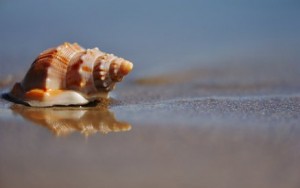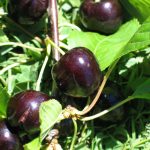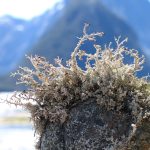 New Zealand’s Prized Sea Snails
New Zealand’s Prized Sea Snails
John M. Edwards voyages to remote Stewart Island to capture one of New Zealand’s most expensive endangered delicacies: paua.
Finding no “paua” on the menus of New Zealand’s North or South Islands, a dirtbag backpacker and “stringer” correspondent was forced to go to way remote Stewart Island in order to find and forage some for his own in the wild. At this island outpost on Half Moon Bay, he thus discovered that the “South Sea Hotel,” which claims to be the closest pub to the South Pole, didn’t serve the sea snails called “blackfoot abalone” (unique to New Zealand) either, only delicious rock oysters, which, here, clung everywhere like scabs.
Paua (family Haliatoris iris), prized by native Maoris for their tangy-tasting flesh and multicolored shells (blue, green, purple, pink) are now almost endangered. With only 14 official farms, New Zealand still exports over 400 tons, worth NZ$43m, per annum, mostly to voracious Asia, especially China, where paua can command $100 per plate for a potential market of a billion people with whetted appetites. The Kiwi government has placed a limit of 10 sea snails (what the Maoris sometimes call “taonga”: treasure), to recreational divers, who are forbidden to use scuba gear (no cheating). Because of the catch limits, some of the seaweed-eating paua can grow to 18 centimeters in width. Unfortunately, poaching is still an informal major industry and commercial catches are discouraged by fines.
At the “Christmas Village” tramping hut, a three-day tramp from the capital Oban through the primary rainforest of Stewart Island, an inexperienced hiker, running low on supplies, spends the day chipping rock oysters off a boulder in the sea—and lands one paua clinging for dear life. Unsure how to prepare it, he tenderized it with a hammer and ate it as a kind of sashimi, while at the same time boiling the rock oysters until they were the consistency of incredibly inedible rubber.
The paua shell is perfect, as it is commonly used in almost every Kiwi household, as a psychedelic ashtray. (The Maoris also use the shell to make jewelry, including the occasional pearl.) It came as a surprise to the foreign tramper in search of “blackfoot abalone,” that the South Sea Hotel actually couldn’t find any at all for their menu, just locavore lamb sandwiches, mooshy peas, and Steinlager beer.
Fight the paua!





Leave a Reply